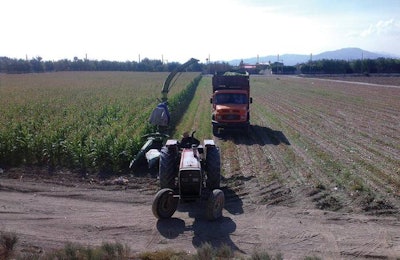
Exclusive Feed International report preview:
Iran’s animal feed industry consists of 300 companies that manufactured 8.2 million metric tons of compound feed in 2015. However, 2015 production was significantly lower compared with the actual demand, estimated at 15.8 million tons of feed.
Read the entire report about the Iranian feed industry's struggle with grain imports exclusively in the August/September issue of Feed International.
It is estimated that the poultry feed segment has a remaining demand of 6.5 million metric tons; dairy cattle, 5 million metric tons; beef cattle, 4 million metric tons; and aquafeed, 270,000 metric tons. As the result, about 45 percent of Iran’s feed demand was met by import supplies.
The country is historically one of the largest grain importers in the Middle East. Raw material shortages, trade sanctions, the ban on genetically modified (GM) grains, and mycotoxin contamination present hurdles, but industry insiders are increasingly optimistic that Iranian feed production is on the rise.
















